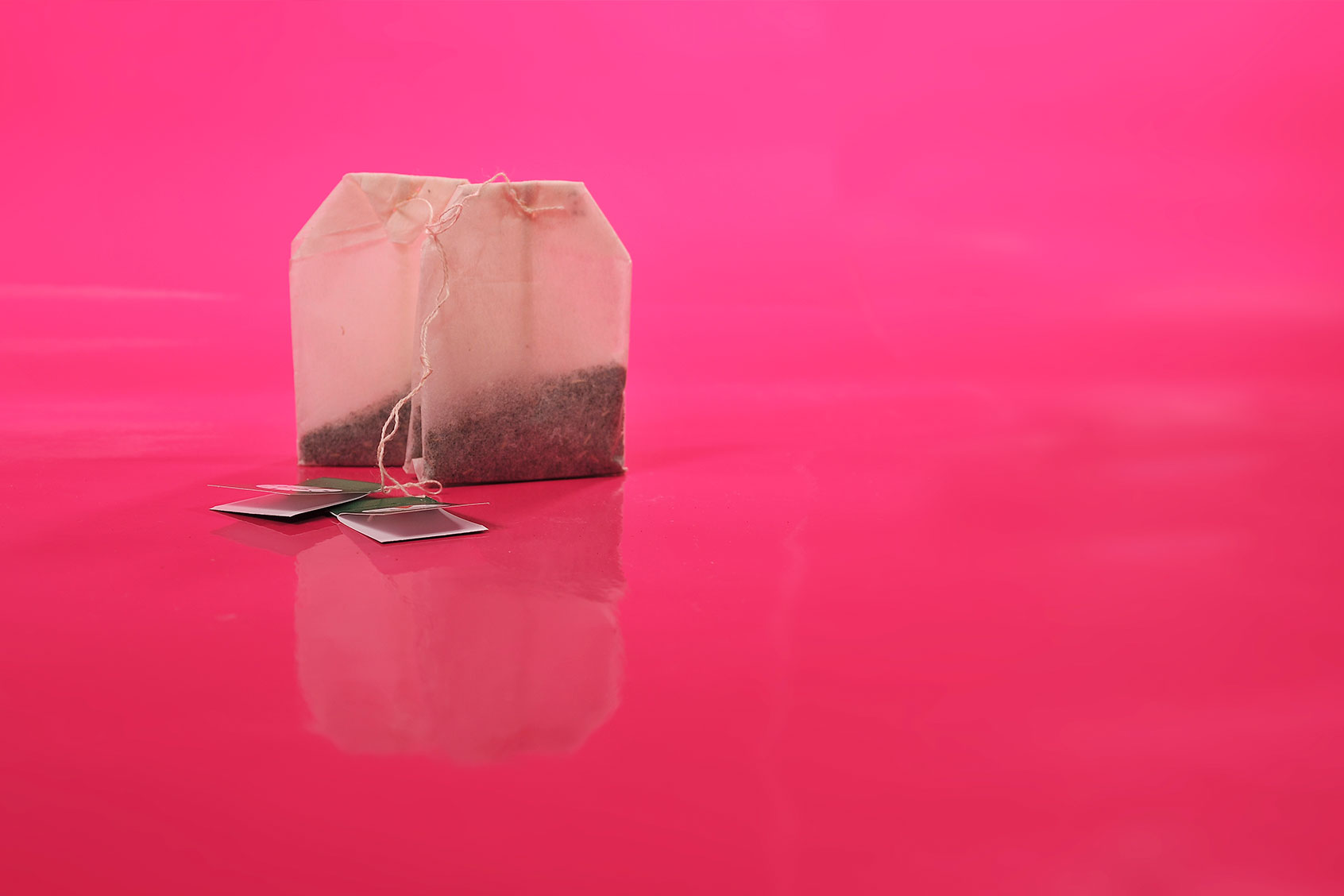In a three-year-old thread posted on the r/tea subreddit, user u/VerdantAquarist inquired about ordering tea at a café. “I’ve been traveling the last few weeks in places with very coffee centered cultures" — like the Portugal and the Balkans, including, Serbia, Croatia and Montenegro — they wrote. “Despite this I can’t go without my cuppa tea when out to a coffeeshop or café. I’ve discovered, or at least come to terms with, two truths when in places where most people don’t drink tea.”
The user went on to state that, in their opinion, it’s not worth ordering green tea because it’s “either just really bad” if it’s served bagged or “very stale and almost flavorless” if served loose. On the off-chance that they do order loose-leaf green tea, they request that the leaves be placed on the side: “This is usually when I get a green, so they don’t just pour scalding water on it, but it’s useful also with black teas, so you have an idea for how long they’ve steeped.”
The post got me thinking about tea at coffee shops. Of course, coffee shops are best at making coffee, while tearooms are best at making tea. But some coffee shops also offer separate tea programs for those who are looking to satisfy their tea cravings outside of tea-centric establishments. Here in New York City, several coffee shops come to mind, including Whistle & Fizz in NoHo/the East Village, Koré Coffee in Chinatown and Paquita in the West Village.
Today, more Americans are sipping on tea rather than coffee. Tea is the second most consumed beverage in the world, with about 159 million Americans drinking tea every day. In 2023, the U.S. imported $508 million worth of tea, approximately $350 million more than 30 years ago, according to data from the United States Census Bureau.
“In 2021, Americans consumed almost 85 billion servings of tea, or more than 3.9 billion gallons,” the Tea Association of the U.S.A. outlined in its 2022 Fact Sheet. “About 84% of all tea consumed was black tea, 15% was green tea, and the small remaining amount was oolong, white and dark tea.”
When it comes to ordering better tea at coffee shops, Ann Ziata, chef at the Institute of Culinary Education’s New York City campus, said it’s best to learn more about what kind of tea programs are offered at specific shops. Ask your barista if they exclusively serve loose-leaf tea, tea bags, or freshly brewed tea in a pot.
Ziata mentioned that it’s important for tea drinkers to realize their own participation in the brewing process. “For any tea, we don't want to oversteep it,” she said. “It’s going to become bitter and astringent. You're going to extract too many tannins out of it.”
Water temperature also matters greatly. “If the water is too hot for a green tea or white tea, then you might want to ask for 75% of hot water and maybe 25% of room temperature water,” Ziata explained. “You can also ask for the tea bag on the side, if you want the water to cool down for a minute, just so you're at a better brewing temperature.”
Want more great food writing and recipes? Subscribe to Salon Food's newsletter, The Bite.
To spruce up plain tea, drinkers can request lemon slices, fresh herbs, fruit syrups, or honey, if they are available at a specific coffee shop.
“I think coffee shops can have a different range in their programs for coffee and tea,” Ziata said. “There's such a huge range as far as what they have available.”
She added that some shops have specialty teas or tea lattes on their menu, which is worth exploring. There are popular options like the London Fog Latte, made with Earl Grey tea, steamed milk and vanilla syrup, or matcha lattes, which are quite the rage now. Blank Street Coffee, for example, offers a lineup of seasonal matcha beverages that double as dessert. They include the Blueberry Matcha, White Chocolate Matcha and Golden Matcha, which touts turmeric, cinnamon, ginger and oat milk.
In the event that coffee shops don’t have or serve tea, tea drinkers will still come prepared, Ziata said.
“Most tea drinkers definitely have a tea bag in their purse."


